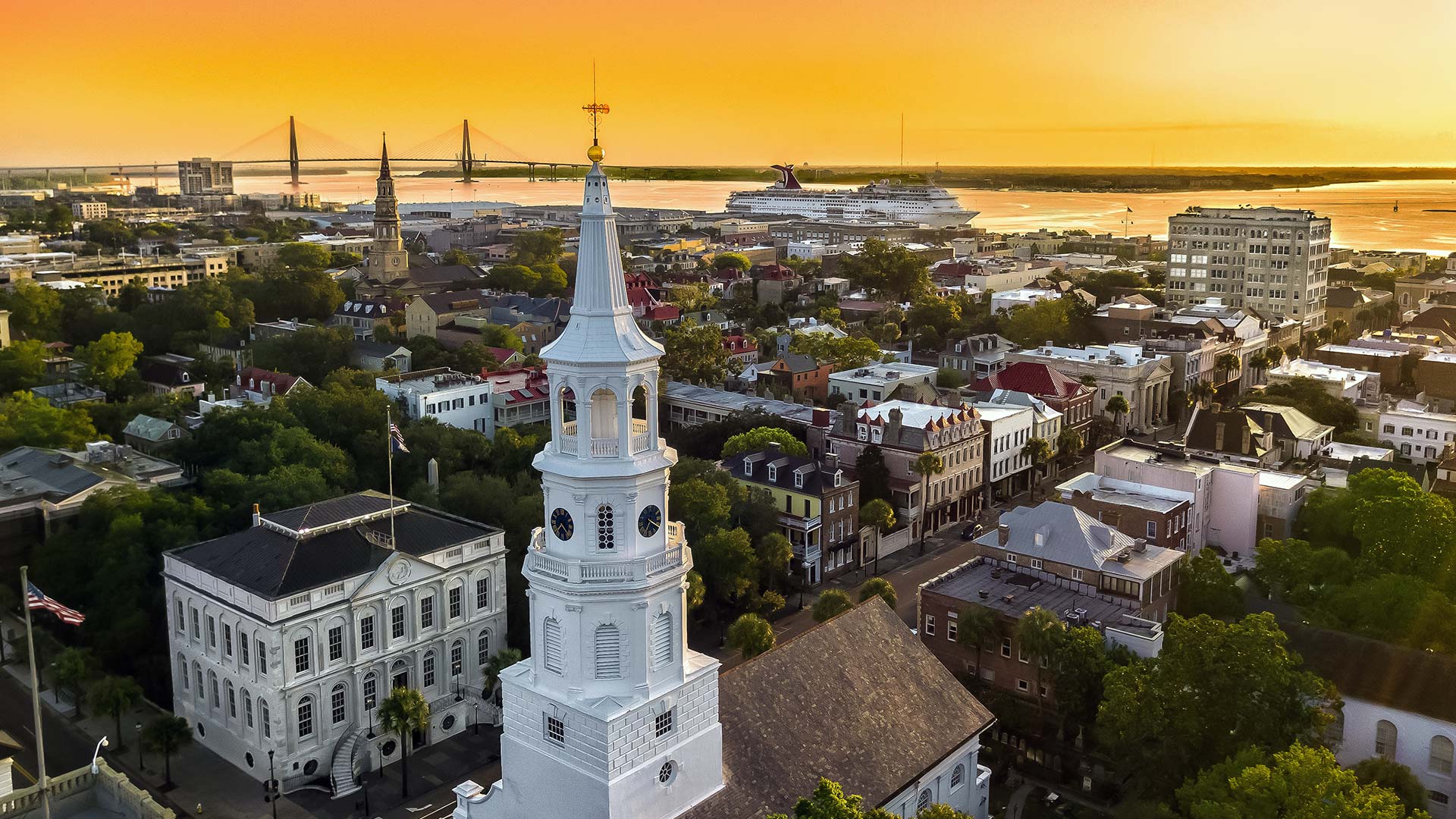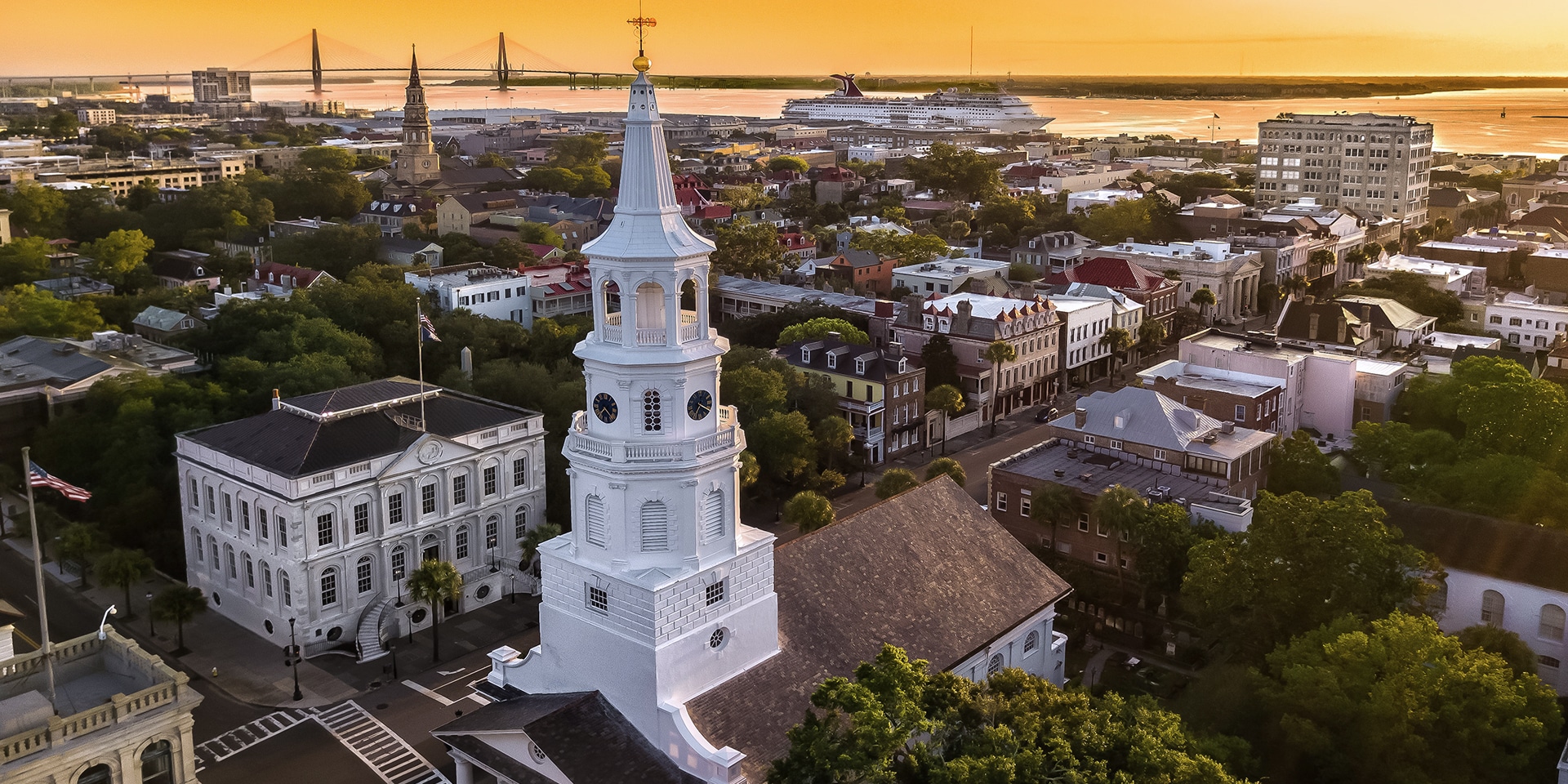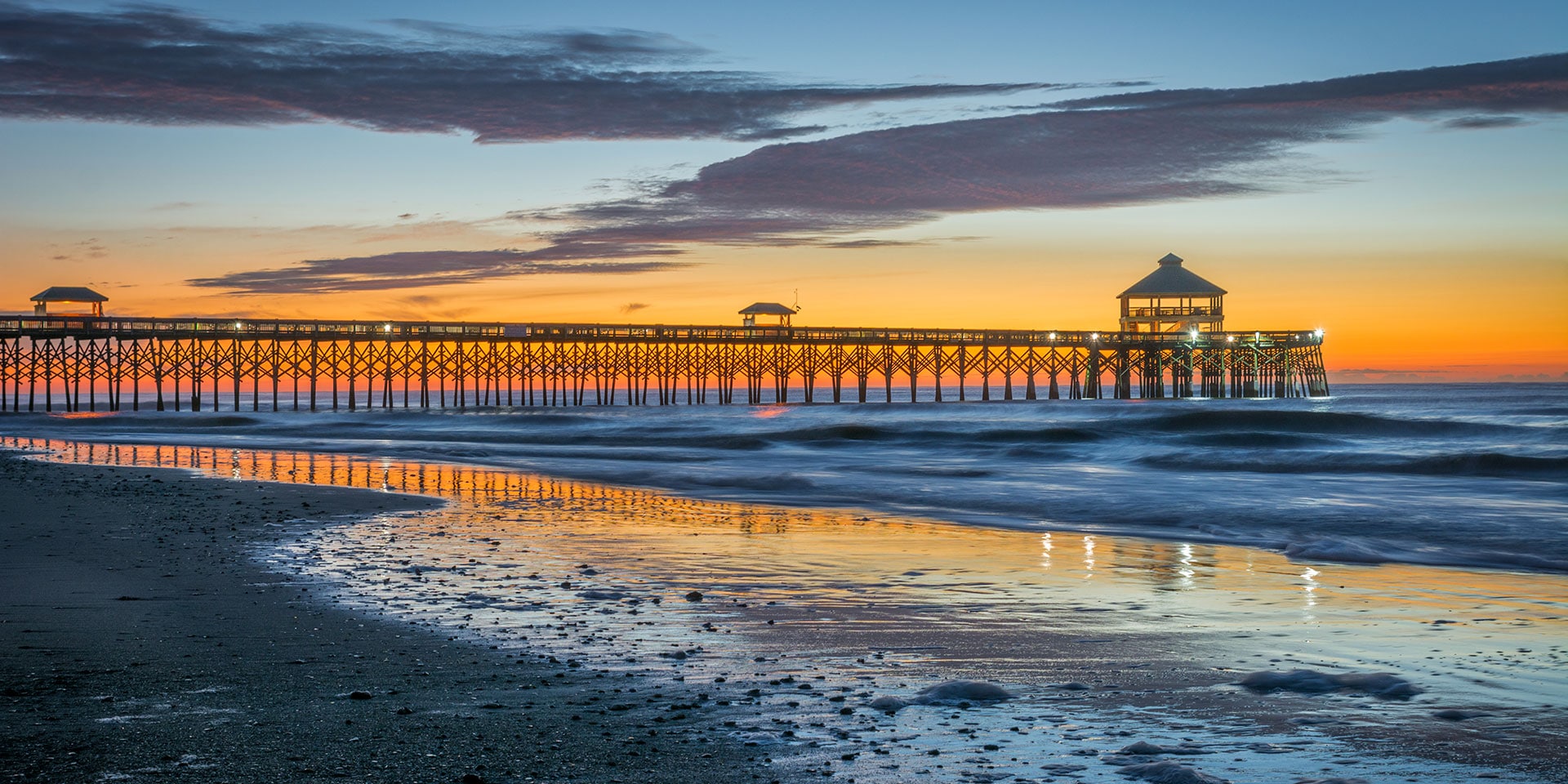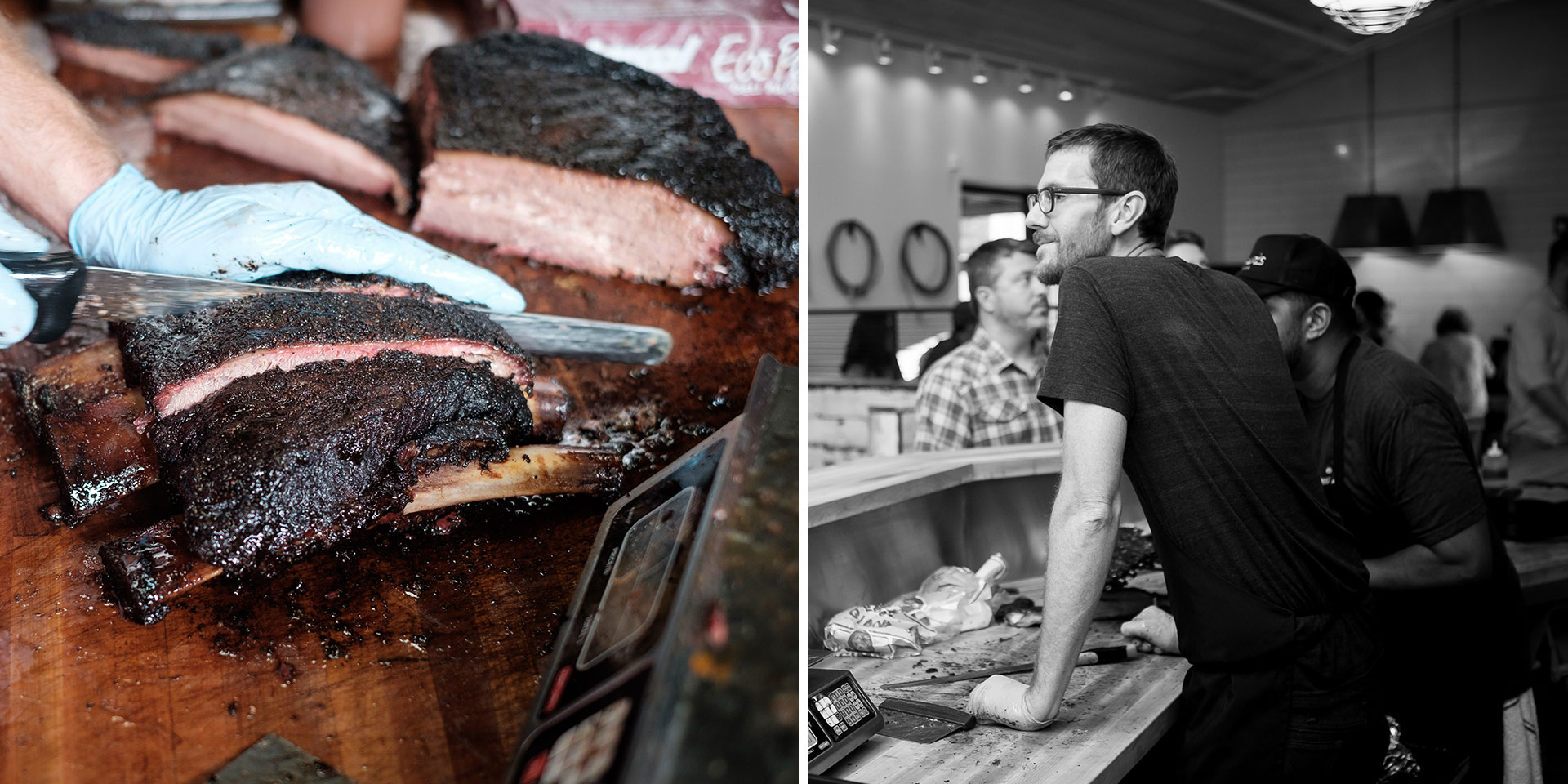
John Lewis, one of the pioneers of the Austin barbecue scene, is leaving his mark on Charleston. [Photos: (L) Robert Donovan, (R) Leslie Ryann McKellar]
Eat + DrinkBarbecue Evolves When a Top Austin Pitmaster Heads to Charleston’s Lowcountry
By Chris MorrisSouth Carolinians are pretty particular about their barbecue. Whereas Kansas City prefers a tomato-based style and North Carolina is known for its vinegar-based ‘cue, South Carolina barbecue is generally coated in a mustard-based sauce. And it’s pork — always pork.
So when John Lewis, one of the pioneers of the Austin barbecue scene, came to town, he was a curiosity. His barbecue revolved around beef, with brisket in the spotlight. And sauce was provided on the side, if requested — but it wasn’t exactly encouraged.
It didn’t take long, though, for the people of Charleston to enthusiastically embrace the change. His Lewis Barbecue has quickly become one of the city’s most praised restaurants. Less than five months after opening its doors last June, it won restaurant of the year honors from Charleston Eater — an especially impressive feat in a town known for its food scene.
A big reason for that, of course, is the food.
Smoky, juicy and tender, Lewis’ brisket is a melt-in-your-mouth revelation for most palates. His Hot Gut sausages have the perfect snap and just the right amount of heat. And the smoked turkey, pulled pork and other menu items live up to the same high standards.
But there’s also a communal atmosphere at Lewis Barbecue, and that, says Lewis, goes back to the barbecue culture itself.
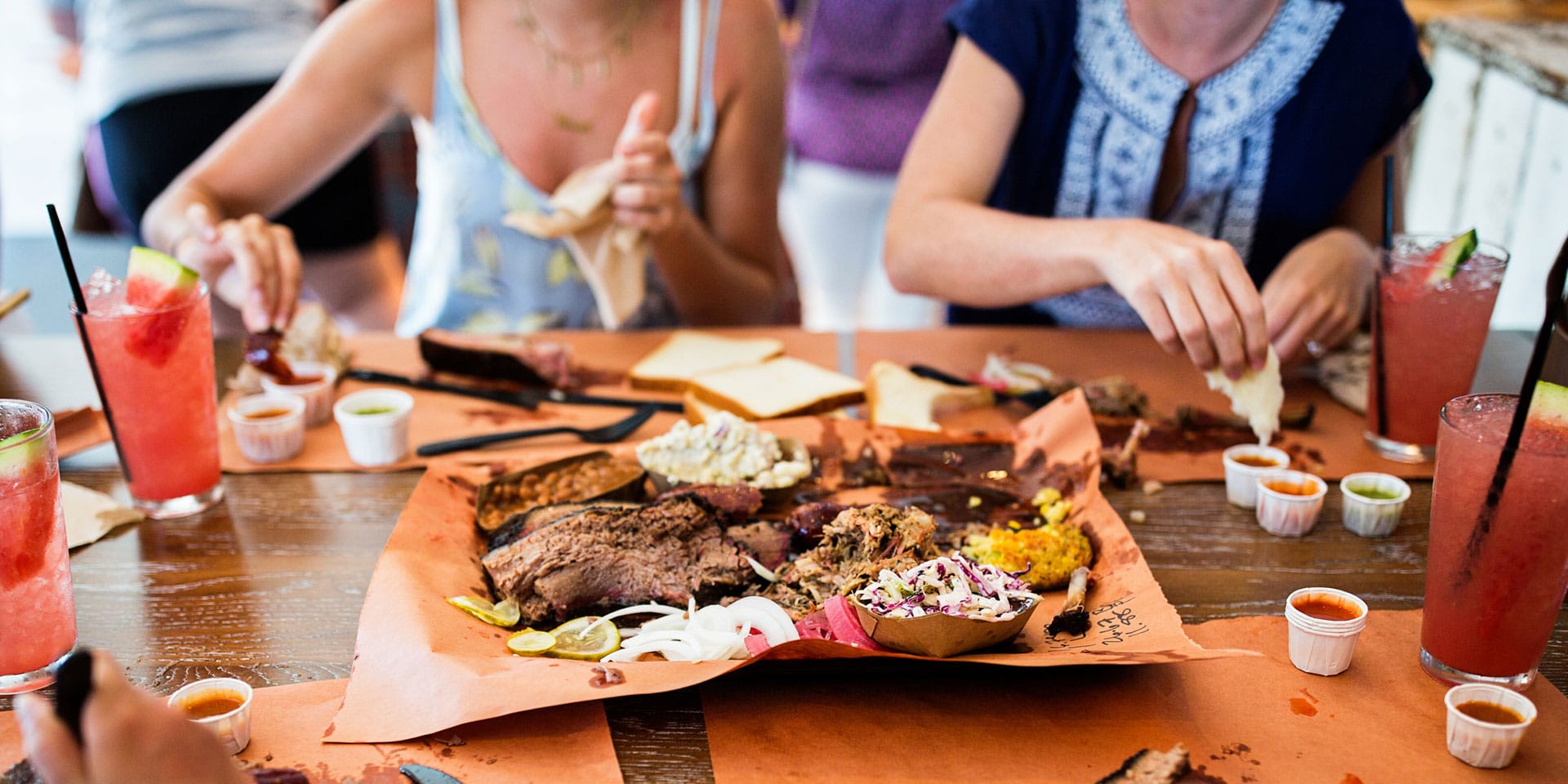
“Barbecue is like a gathering,” he says. “It’s ingrained in your mind that barbecue is a good time. It’s family time, or with friends — everybody getting together. From a young age everybody has that memory.”
Lewis found his way to Charleston by chance. An invitation to cook at a local event in 2014 introduced him to South Carolina’s Lowcountry, and he instantly fell in love with the city and its people, he says. After doing a few more pop-up sales in the following months, where he found 200 people waiting in line before he even opened, he was confident the city would be a good place to bring Texas-style ‘cue.
He made the move in March of 2015, selling off his stake in La Barbecue, the Austin trailer that made him a household name among barbecue fans. After settling in downtown Charleston, he began scoping the local restaurant scene, including barbecue joints. And that wasn’t quite as easy as it seems.
You see, Lewis has a bit of a secret.
“Honestly, I can’t stand to eat barbecue anymore,” he says. “I used to love it before I started doing it professionally. So I’m never really craving barbecue, ever. It’s, like, the last thing I want.”
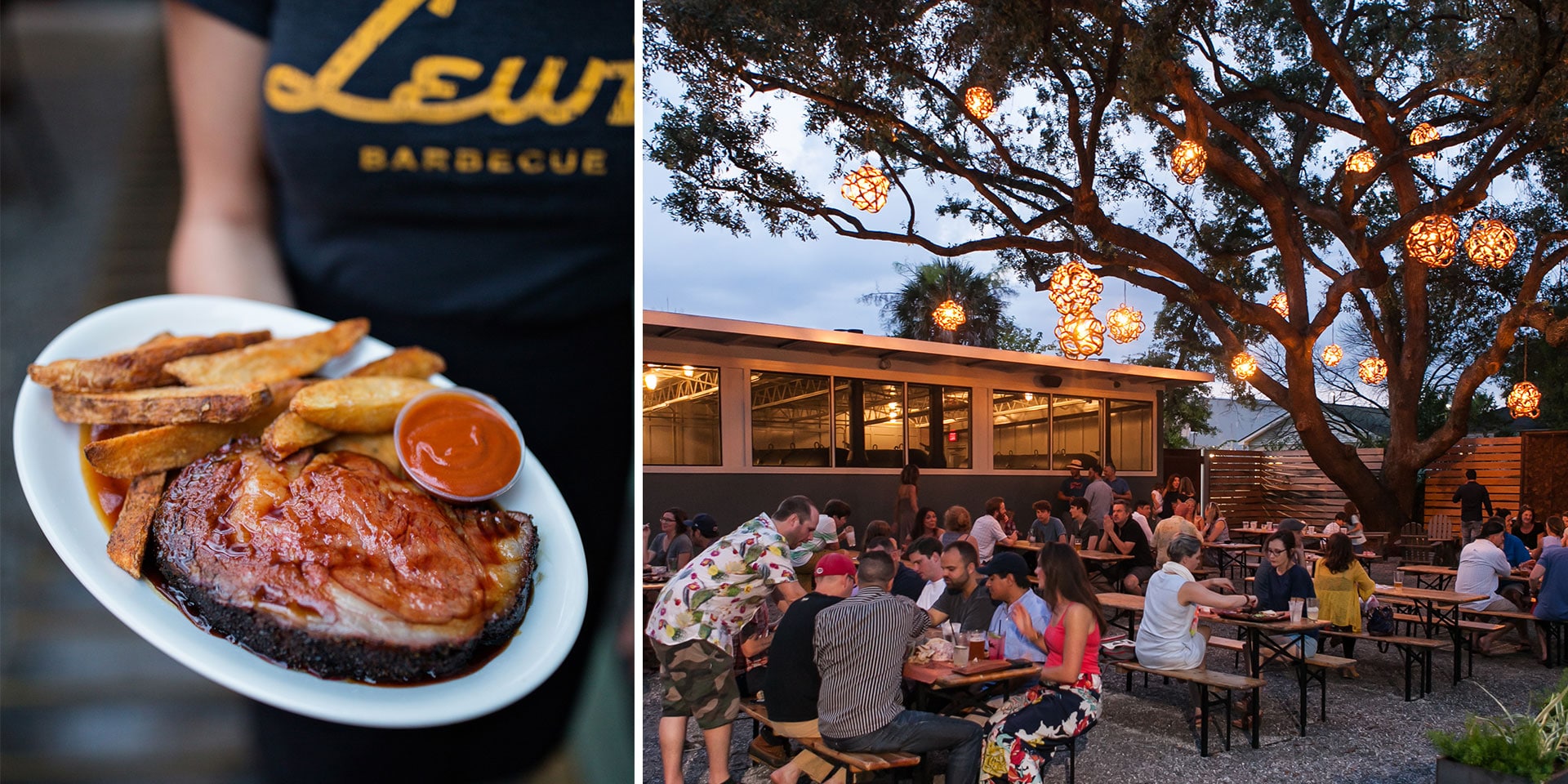
At home, though, he prefers Asian food, seafood, sushi and anything fresh. “I generally don’t want big hunks of meat,” he says. “I do still love a steak, though.”
Not that he spends a lot of time in his own kitchen. Lewis Barbecue goes through between 80 and 100 briskets per day. It takes 18 hours to cook them, so the pits are working nearly 24 hours a day. And Lewis never likes to be too far from them.
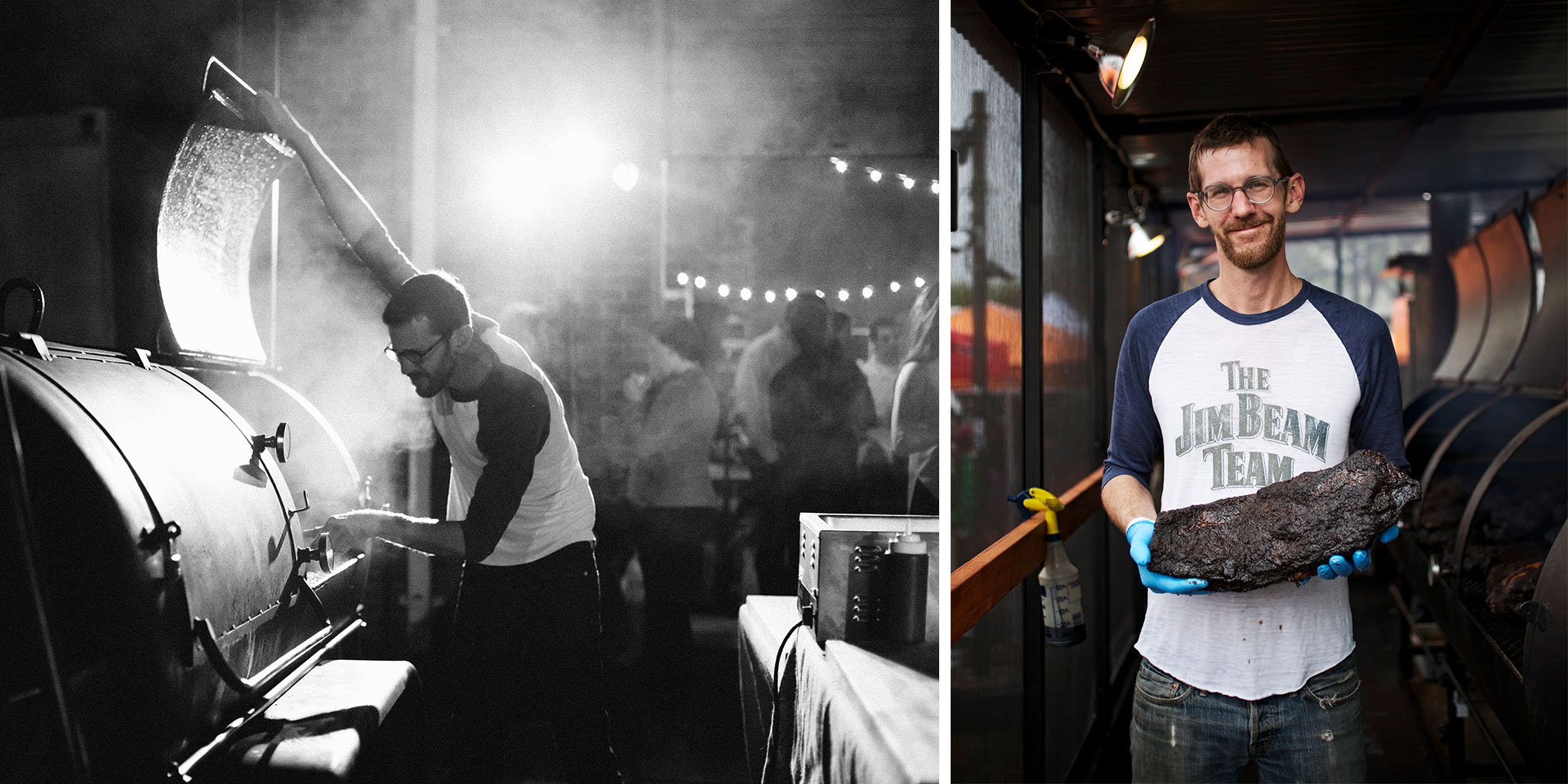
That control-freak nature extends to keeping a very close eye on some of his culinary secrets, like the mix of spices he uses in his rub. And, he says, he has absolutely no plans to put out a cookbook or host a series of how-to videos on YouTube.
He will, though, offer a few tips about how to make a good brisket at home. First off: Don’t use a traditional grill or even a Big Green Egg. An offset cooker is best suited for the job. While he makes all of his pits by hand, he says home cooks can do fine with the $199 offset cookers found at Lowes or The Home Depot.
“I think [the equipment] is so much more important than the cook,” he says. “I think it’s the cooker that does it.”
Next, don’t be afraid of high temperatures with the meat. Cooking a brisket is a lot different that cooking a steak.
“You know how a well done steak is kind of dry?” he asks. “That’s 145 to 150 degrees. We go well done — and then way past that to 210 degrees, I would imagine, for the internal temperature. Once you get up to 160 degrees, what starts happening is water starts evaporating out of the piece of meat. Once it’s all evaporated, it’s about 170 degrees. You’re left with something that, since there’s no liquid in it, is dry. The only thing that can remain in there is the fat [in the meat]. And that will start melting once the water evaporates. … The juiciness is just liquefied fat.”
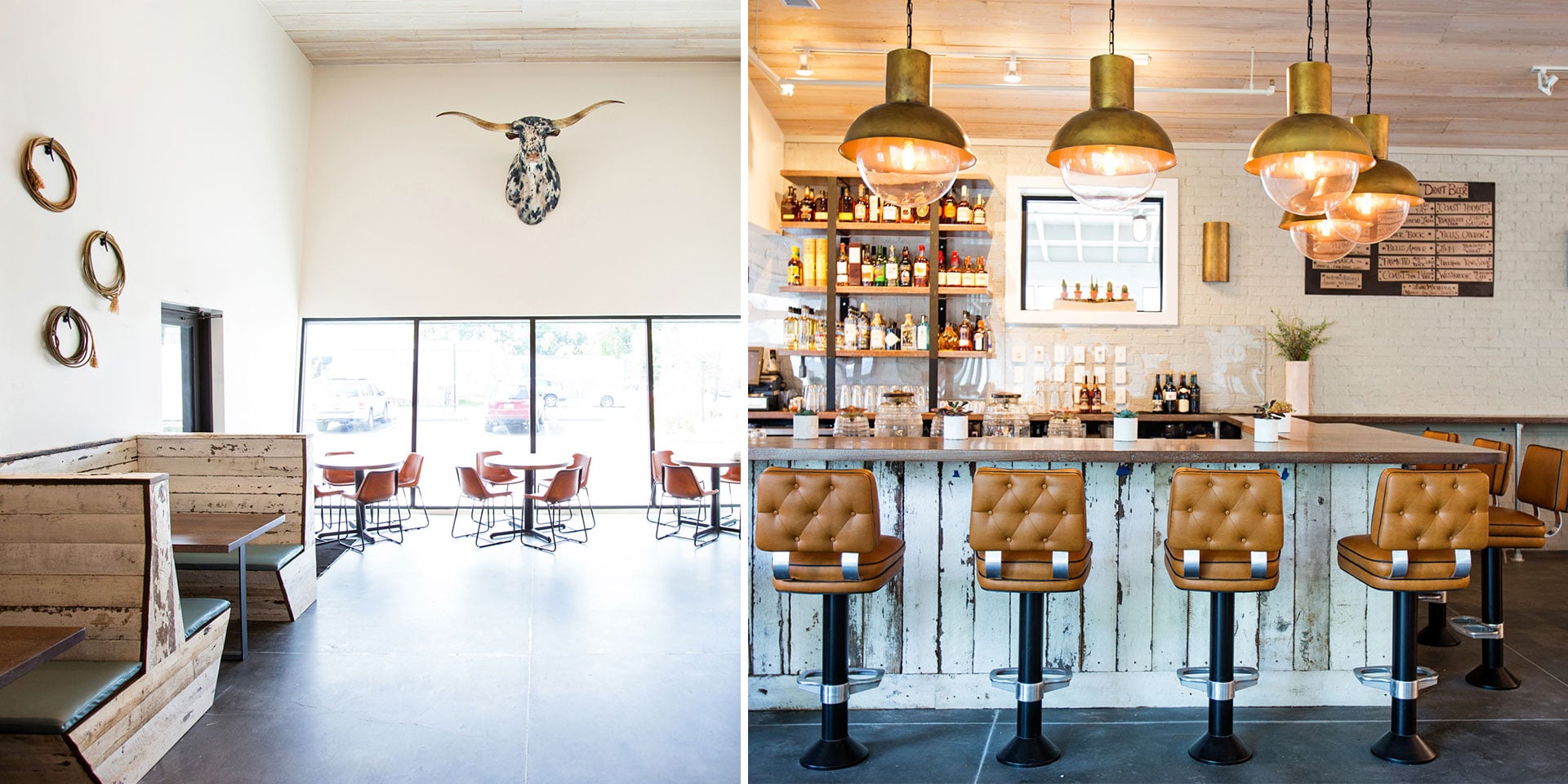
Also, while low and slow is certainly the way to cook a brisket (he starts his at 120 degrees), at the end of the cook, it’s smart to turn up the heat. His pits finish a brisket at about 325 degrees to ensure a nice bark (the flavorful exterior shell of a great barbecue) on the meat.
Finally, while a good meat thermometer is an important tool for home cooks, put some gloves on and pick up the brisket as it cooks, he says. If it’s really soft, it’s done.
While Lewis will always be a pitmaster first and foremost, he’s also spreading his wings a bit. He says he desperately misses Austin staples like breakfast tacos and Tex-Mex. In 2016 he launched a Tuesday-night promotion at the restaurant, offering $5 items like green chili–smothered burritos and brisket enchiladas.
That longing eventually led to Lewis’ second Charleston restaurant venture, Rancho Lewis, a Tex-Mex eatery featuring dishes such as chiles rellenos, puffy tacos and smothered burritos. To prepare for its opening, Lewis shut down his primary restaurant for a week in January to return to Texas and work in a few Mexican restaurants for the experience.
To no one’s surprise, Charlestonians didn’t hesitate to line up for his cooking once again.





